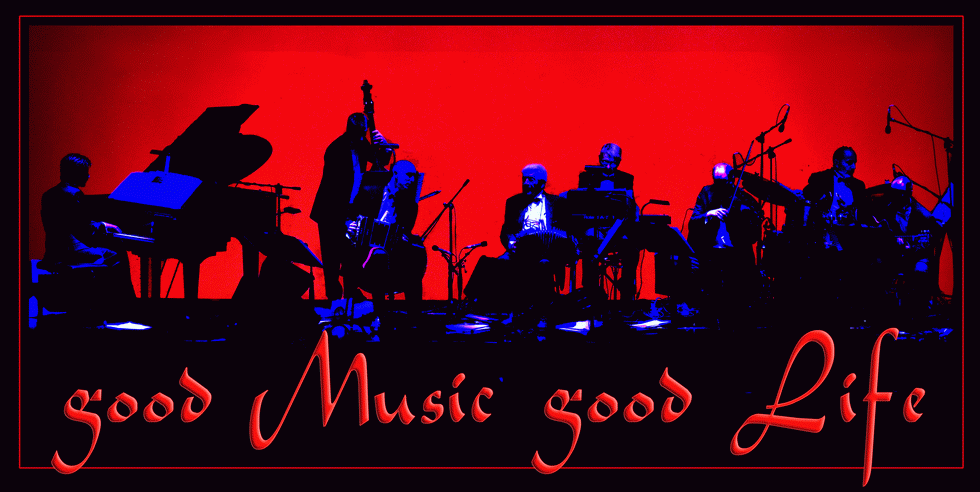ισορροπήσουν τις επιπτώσεις που θα είχε αυτή η φωτογραφία, δημοσιεύοντας συγχρόνως μια άλλη φωτογραφία που δείχνει κάποιον Βιετκόγκ να σκοτώνει ένα παιδί. Όμως, ο κόσμος δεν έφαγε το "κουτόχορτο" και αυτή η προσπάθειά τους απέτυχε και η φωτογραφία τους αμέσως ξεχάστηκε. Έτσι, σε όλων την μνήμη έμεινε μόνο η φωτογραφία του Adams, να θυμίζει τις θηριωδίες των Αμερικανών και των ανδρεικέλων τής Σαϊγκόν.
Pulitzer Prize winning photograph
It was while covering the Vietnam War for the Associated Press that he took his best-known photograph – the picture of police chief General Nguyễn Ngọc Loan executing a Vietcong prisoner, Nguyễn Văn Lém, on a Saigon street, on February 1, 1968, during the opening stages of the Tet Offensive.
Adams won the 1969 Pulitzer Prize for Spot News Photography and a World Press Photo award for the photograph (captioned 'General Nguyen Ngoc Loan executing a Viet Cong prisoner in Saigon'), but would later lament its notoriety. Writer and critic David D. Perlmutter points out that 'no film footage did as much damage as AP photographer Eddie Adams's 35mm shot taken on a Saigon street ... When people talk or write about [the Tet Offensive] at least a sentence is devoted (often with an illustration) to the Eddie Adams picture'.
Anticipating the impact of Adams's photograph, an attempt at balance was sought by editors in the New York Times. In his memoirs, John G. Morris recalls that; (Theodore M. Bernstein), "determined that the brutality manifested by America's ally be put into perspective, agreed to run the Adams picture large, but offset with a picture of a child slain by Vietcong, which conveniently came through from AP at about the same time". Nonetheless, it is Adams's photograph that is remembered while the other far less dramatic image was overlooked and soon forgotten.
Ev'rybody's talking about
Bagism, Shagism, Dragism, Madism, Ragism, Tagism
This-ism, that-ism
Isn't it the most
All we are saying is give peace a chance
All we are saying is give peace a chance
Ev'rybody's talking about
Ministers, Sinisters, Banisters and canisters,
Bishops and Fishops and Rabbis and Pop eyes,
And bye bye, bye byes.
All we are saying is give peace a chance
All we are saying is give peace a chance
Let me tell you now
Ev'rybody's talking about
Revolution, Evolution, Mastication, Flagelolation, Regulations.
Integrations, Meditations, United Nations, Congratulations
All we are saying is give peace a chance
All we are saying is give peace a chance
Oh Let's stick to it
Ev'rybody's talking about
John and Yoko, Timmy Leary, Rosemary, Tommy smothers, Bob Dylan,
Tommy Cooper, Derek Tayor, Norman Mailer, Alan Ginsberg, Hare Krishna,
Hare Krishna
All we are saying is give peace a chance
All we are saying is give peace a chance
Bagism, Shagism, Dragism, Madism, Ragism, Tagism
This-ism, that-ism
Isn't it the most
All we are saying is give peace a chance
All we are saying is give peace a chance
Ev'rybody's talking about
Ministers, Sinisters, Banisters and canisters,
Bishops and Fishops and Rabbis and Pop eyes,
And bye bye, bye byes.
All we are saying is give peace a chance
All we are saying is give peace a chance
Let me tell you now
Ev'rybody's talking about
Revolution, Evolution, Mastication, Flagelolation, Regulations.
Integrations, Meditations, United Nations, Congratulations
All we are saying is give peace a chance
All we are saying is give peace a chance
Oh Let's stick to it
Ev'rybody's talking about
John and Yoko, Timmy Leary, Rosemary, Tommy smothers, Bob Dylan,
Tommy Cooper, Derek Tayor, Norman Mailer, Alan Ginsberg, Hare Krishna,
Hare Krishna
All we are saying is give peace a chance
All we are saying is give peace a chance




Δεν υπάρχουν σχόλια:
Δημοσίευση σχολίου